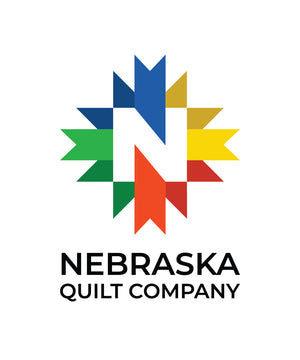schmetz needles and needle anatomy: A needle has a butt?
Are you curious about what Schmetz Needle to use for your sewing/embroidery machine? You're at the right place! Schmetz needles work with ALL sewing machine brands! Before we dive in, lets take a look at the needle anatomy.
needle anatomy
Butt: The beveled end allows easy insertion in the needle bar.
Shank: Household needles have a flat shank, while commercial and industrial needles have round, threaded, notched or other special shanks. Shanks allow perfect positioning of the needle in the sewing machine.
Shoulder: The sloping area transitioning between the shank and blade. SCHMETZ color codes appear on the shoulder.
Blade: Needle size is determined by the blade diameter (i.e., size 75 is .75mm).
Groove: The groove cradles and guides thread to the eye. The length and size of the groove vary according to needle type.
Scarf: The indentation above the eye that allows the bobbin hook to smoothly grab the thread under the throat plate to create a stitch. The shape and size of the scarf vary according to needle type.
Eye: The hole through which thread passes. The shape and size of the eye vary according to needle type.
Point & Tip: Length, shape, and size vary according to needle types.
Needle Type: Upper color band indicates needle type (i.e., Topstitch).
Needle Size: Lower color band indicates size (i.e., 75/11).
130/705 H: The needle system used by home sewing machines. Needles have a flat shank and a scarf.
Now that we covered that, let's move on to the specific needle purposes.
I hope this helps you on your needle journey! Thanks for stopping by the Nebraska Quilt Company blog, we value your time and look forward to seeing you at classes, events, retreats, and even fulfilling your order!
















